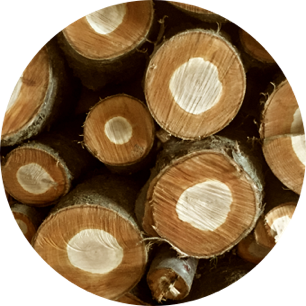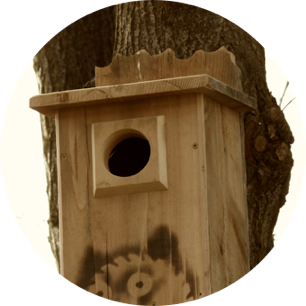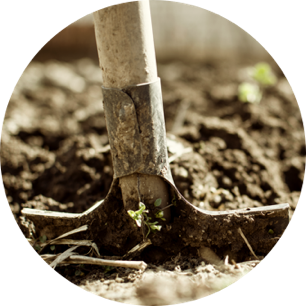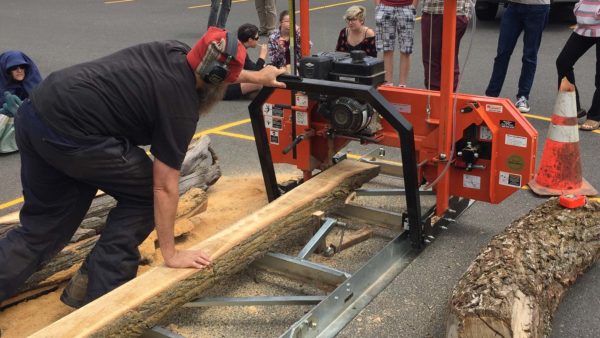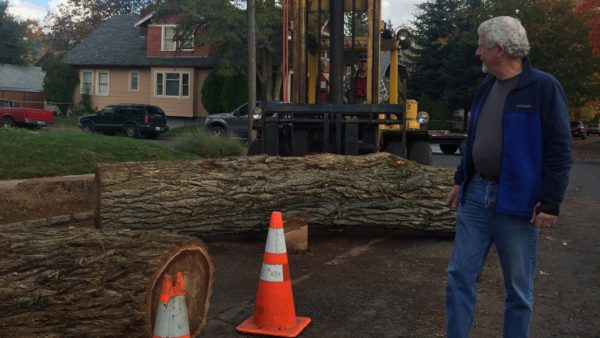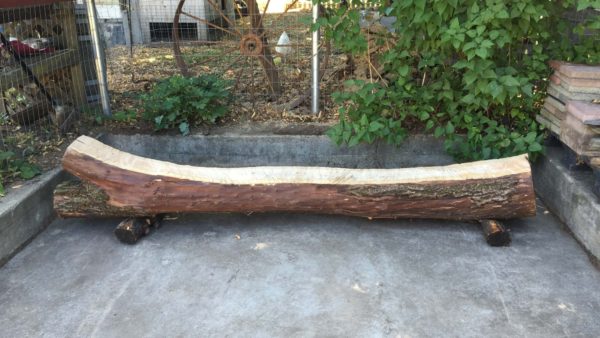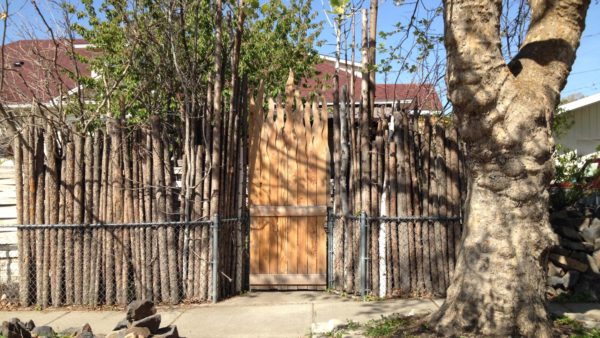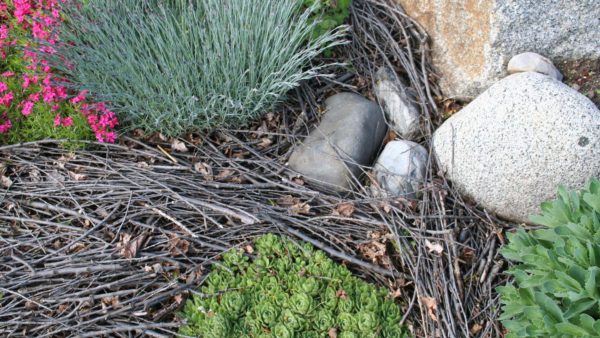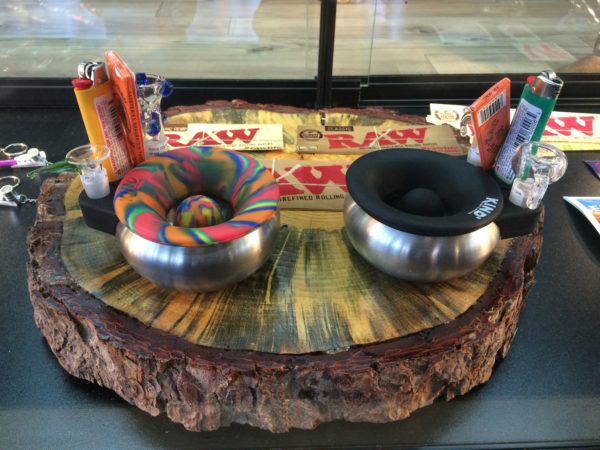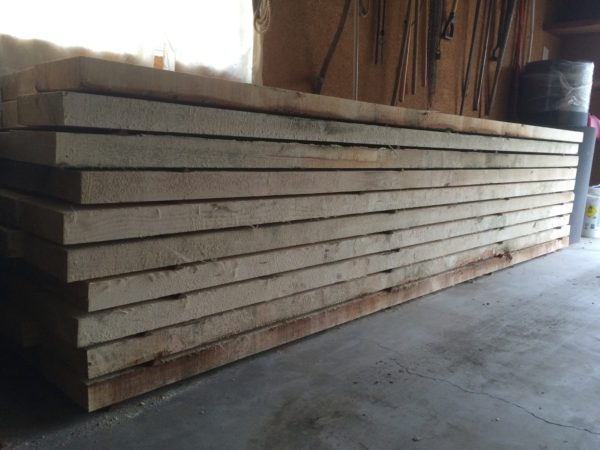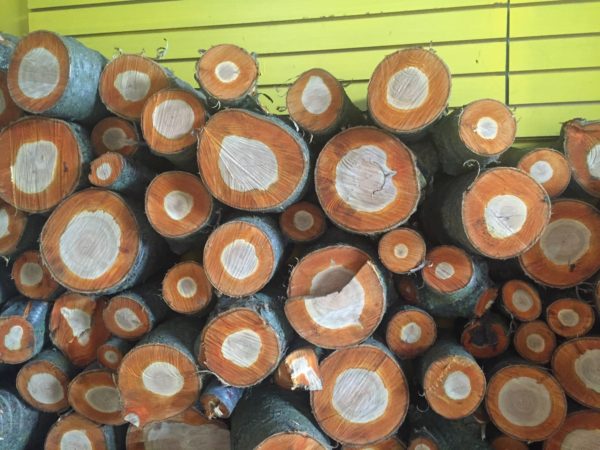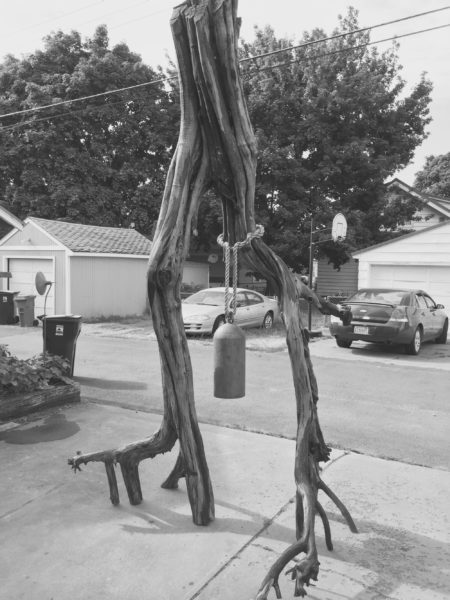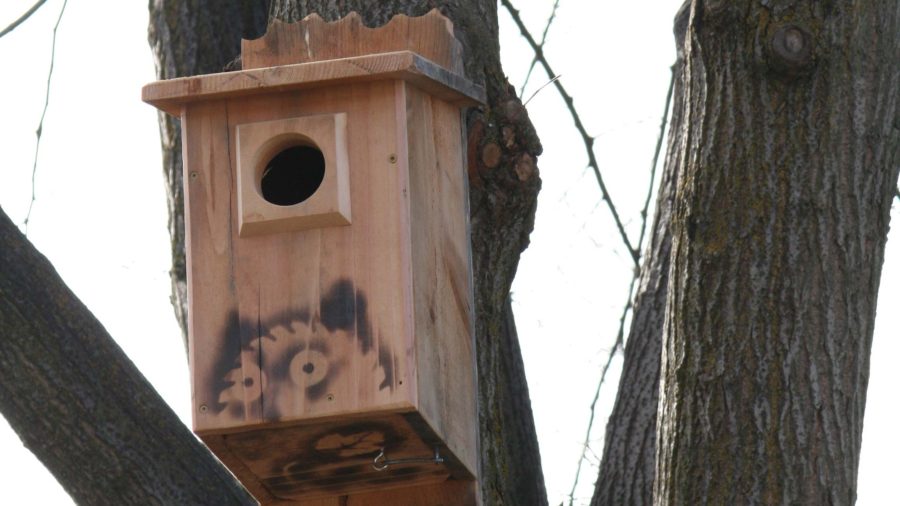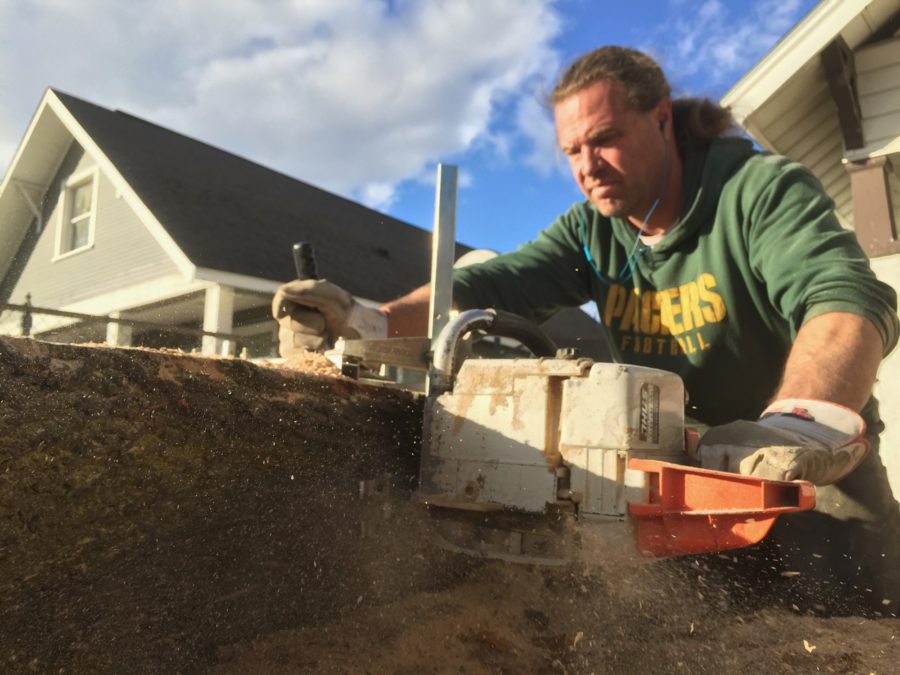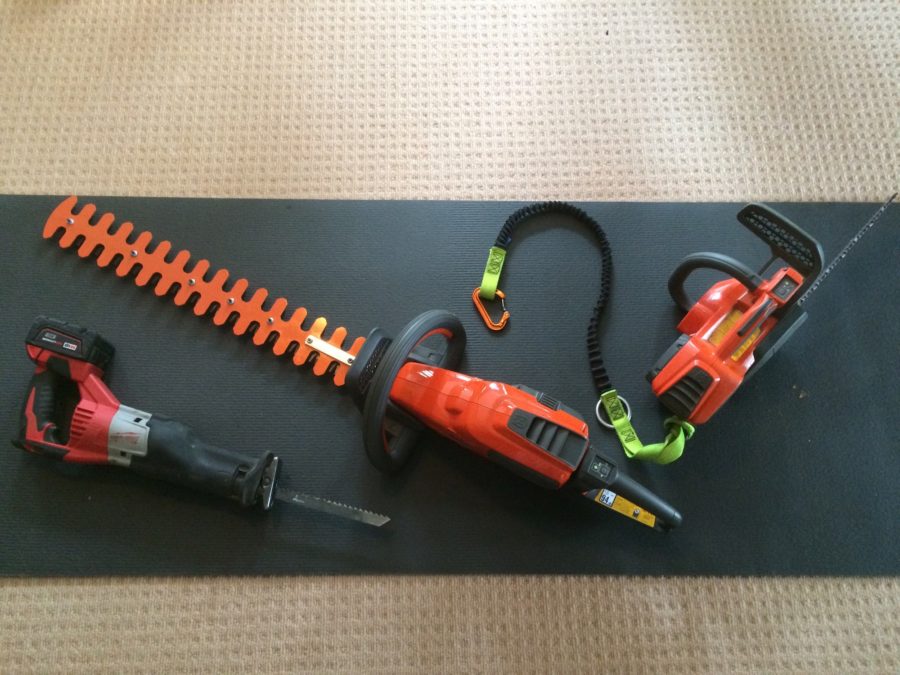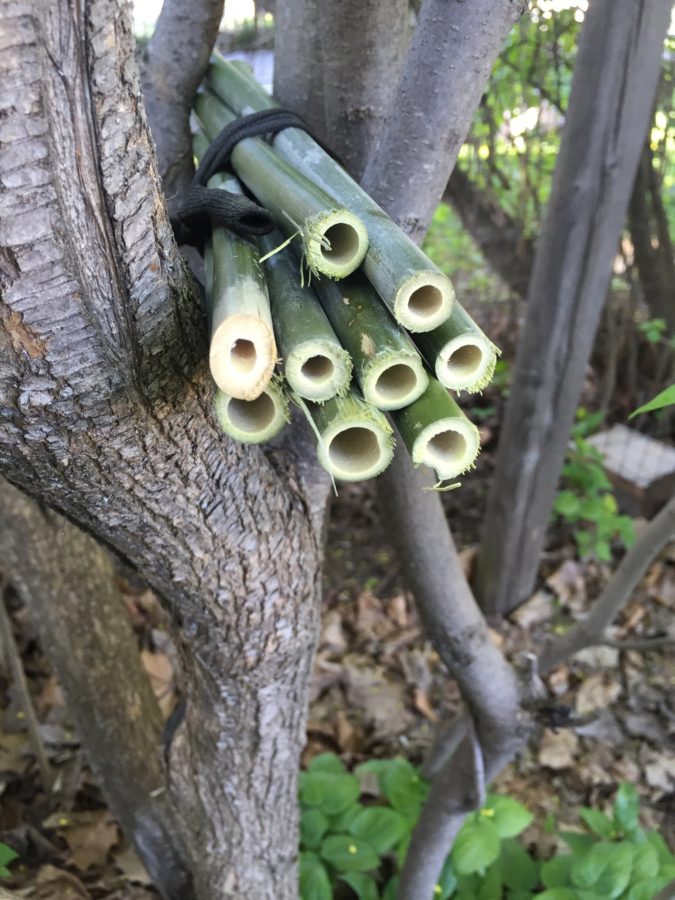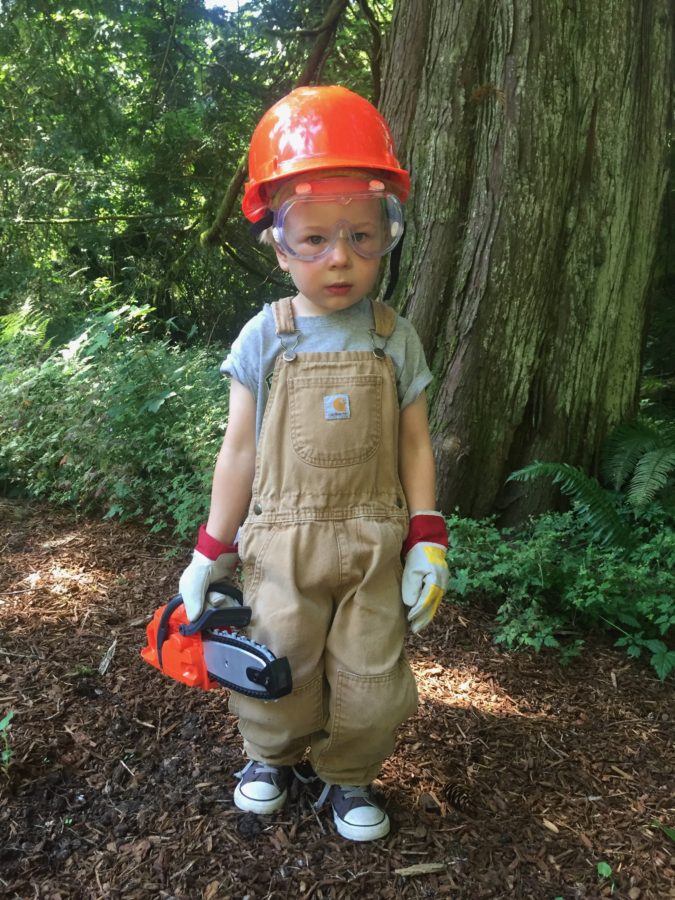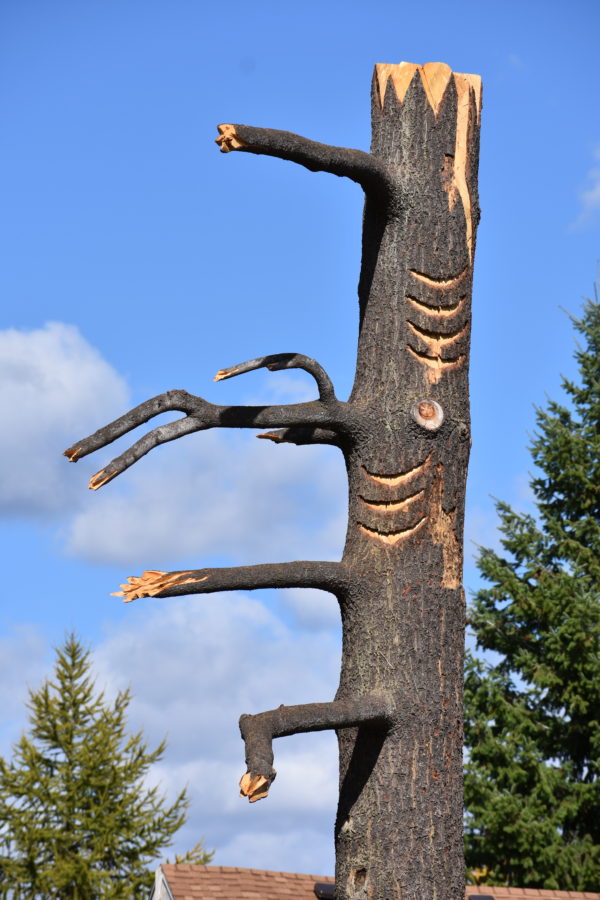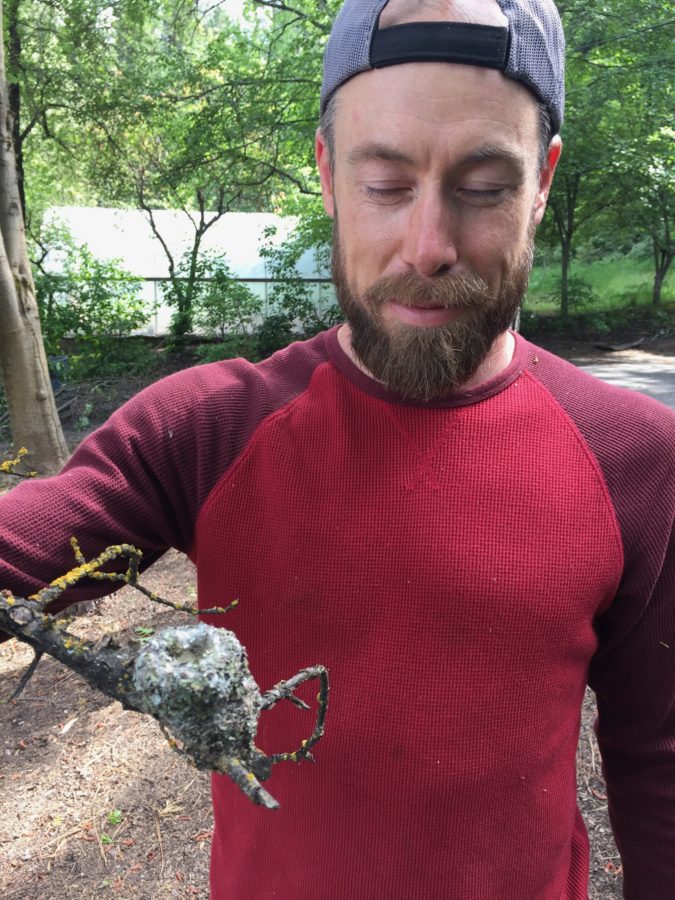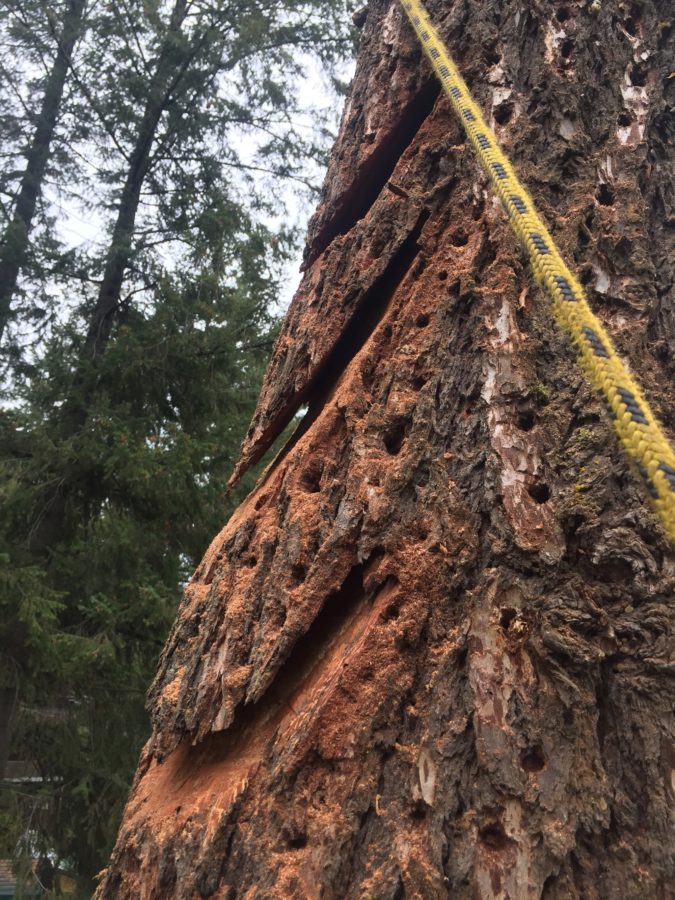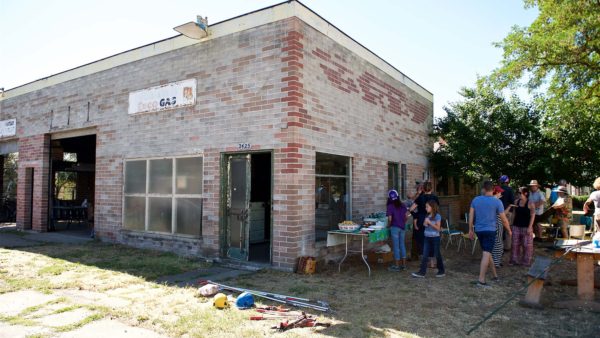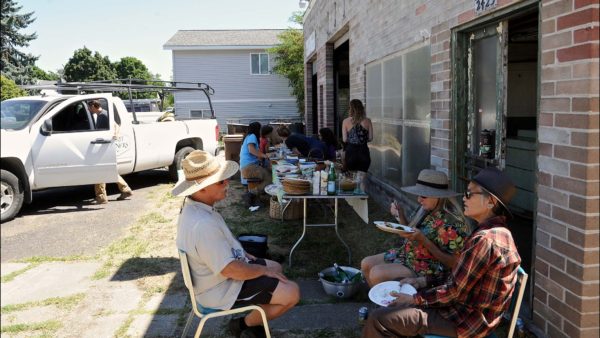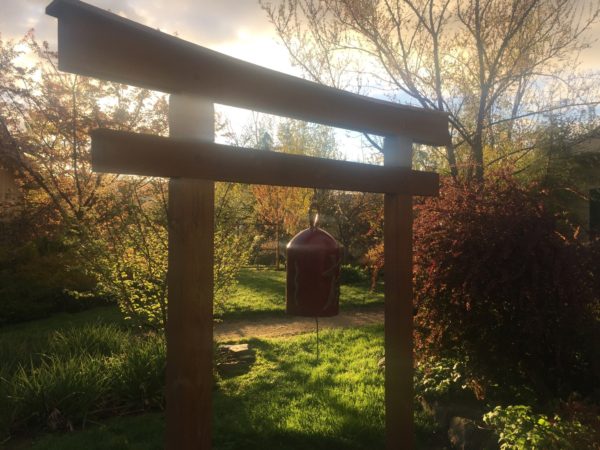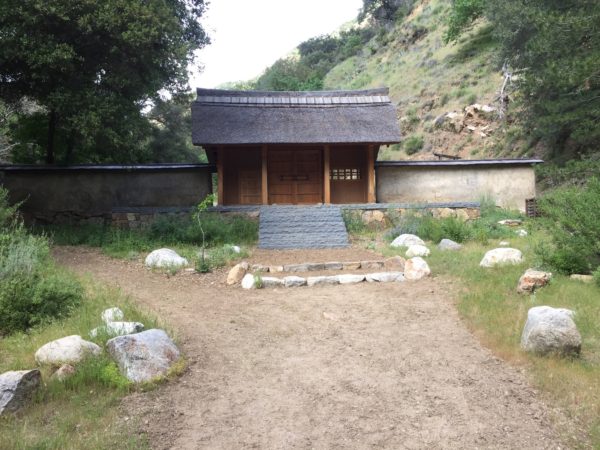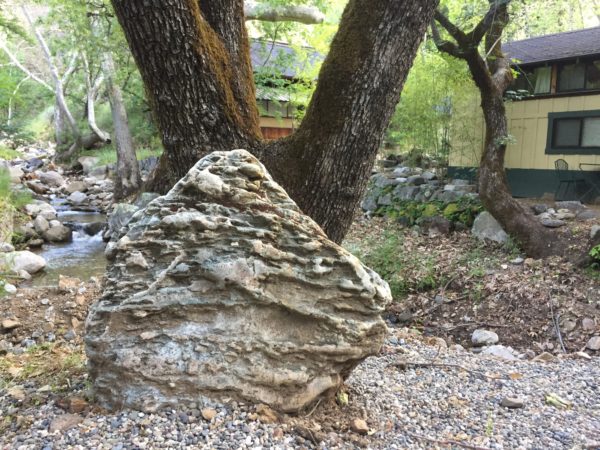Wood Repurposing
Inherent in the arborist’s psyche is a fascination with wood’s many purposes along with an compulsive desire to reuse it.
- freshly milled ponderosa
- fruit wood for smoking
- hawthorne turned into bell
Our company has a hierarchy of uses for debris from jobs, starting at the bottom with mulch and rising up to material for fine woodworking and art.
Recycling equals respect for the planet, respect for money, respect for life, and respect for others. We replant/repurpose removed specimens whenever possible. We seek to recycle everything to its highest purpose, as we perceive it. We look at every tree and bush that is trimmed or removed for how best it can be used. For high quality wood pieces, we find ways to re-use them as art, furniture, and woodworking. Other recycling uses include things like fence posts, lattices, fuel for smokers, educational projects, hügelkultur, slices for paths, biochar; and of course, wood chips for landscaping.
Earth Consciousness
A business should be representative of one’s values, activated in the world in a profitable way.
We incorporate low impact technologies and materials to be in harmony with the neighborhood and earth. This includes battery powered tools, wearing natural rubber gloves, and using canola oil in our chainsaws. We also try to enhance wildlife habitat whenever possible. When taking down a tree, we offer a “wildlife snag” with stylized branch ends, bat homes, cavity nesting chambers, bee holes, and perches. We reschedule jobs to accommodate nesting animals and keep an eye out for active cavities. We leave a few dead branches in the tops of trees for perches. There are always new ways to create a healthier global community and Spirit Pruners will continue to incorporate every way we can to do this.
Community
Charitable Contributions
We align with organizations who are improving the culture and health of this area, contributing 5% of all profits back to our community. So far our contributions have been in the areas of land conservation and wildlife preservation, public and independent radio, education in the form of classes and work in the school district, and support of the arts.
Intentional Spaces
People often comment that a good arborist is an artist. Most of the time they are more of a scientist and mediator between human needs and a trees needs. The result is usually beautiful but that is a side effect of high quality arboriculture. Where art comes in, is understanding the space your working in, what trees will thrive and best compliment the space. It’s also important to understand which direction the trees can grow and be in harmony with other structures and landscape elements. Each location calls for a different amount of separation between trees and what surrounds them.
This is our specialty, working with master gardeners, monasteries, estates, healing gardens, and any place that provides an intentionally created atmosphere that is bigger than the sum of its parts.
